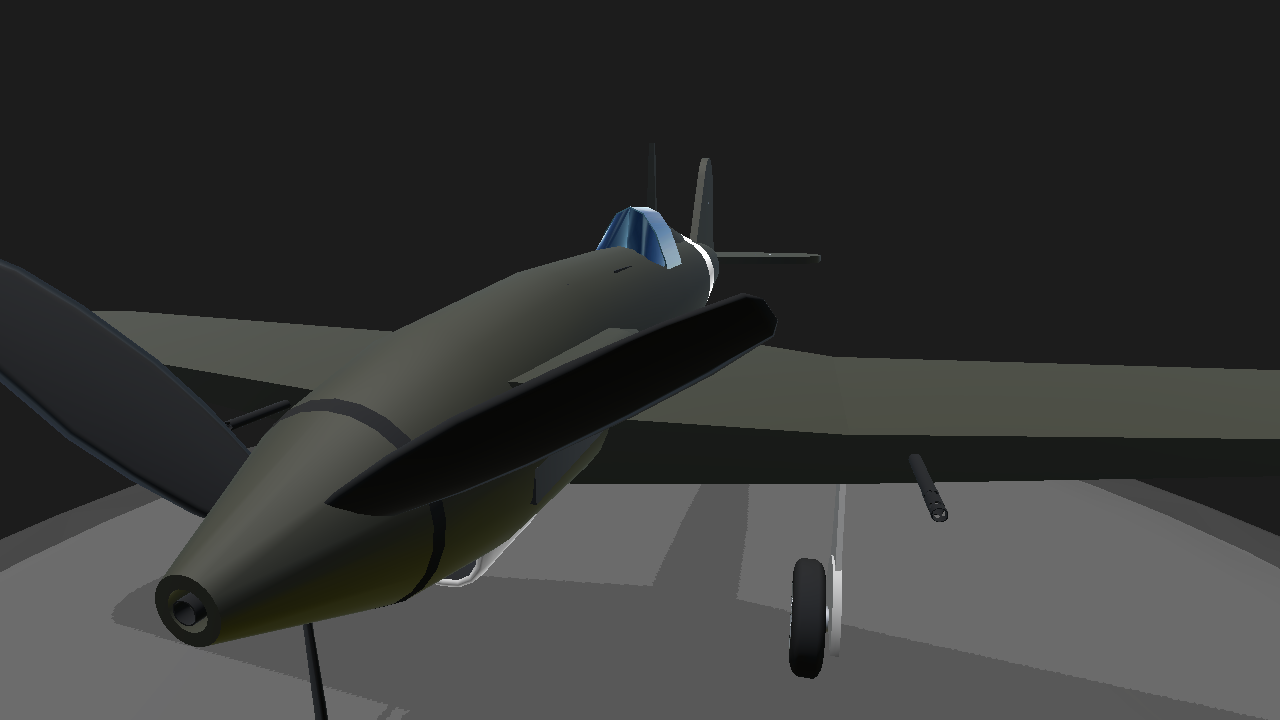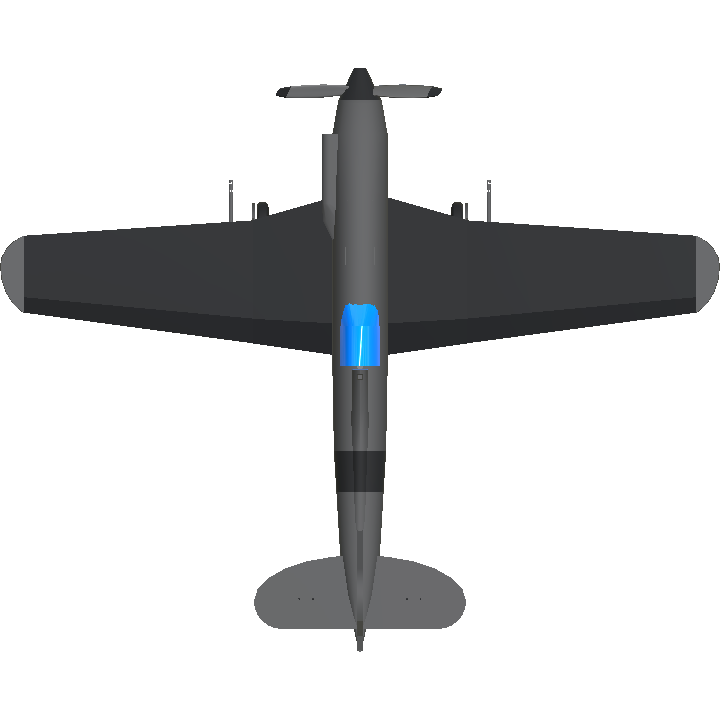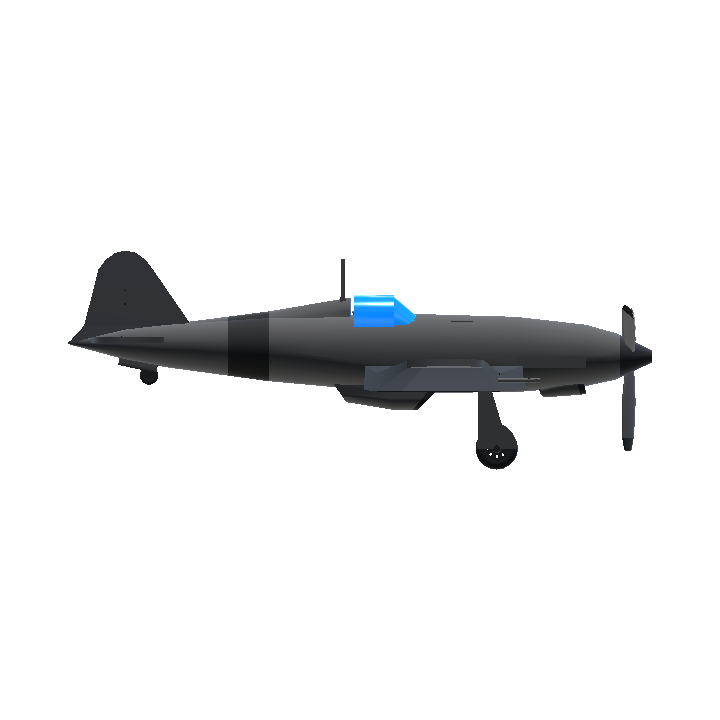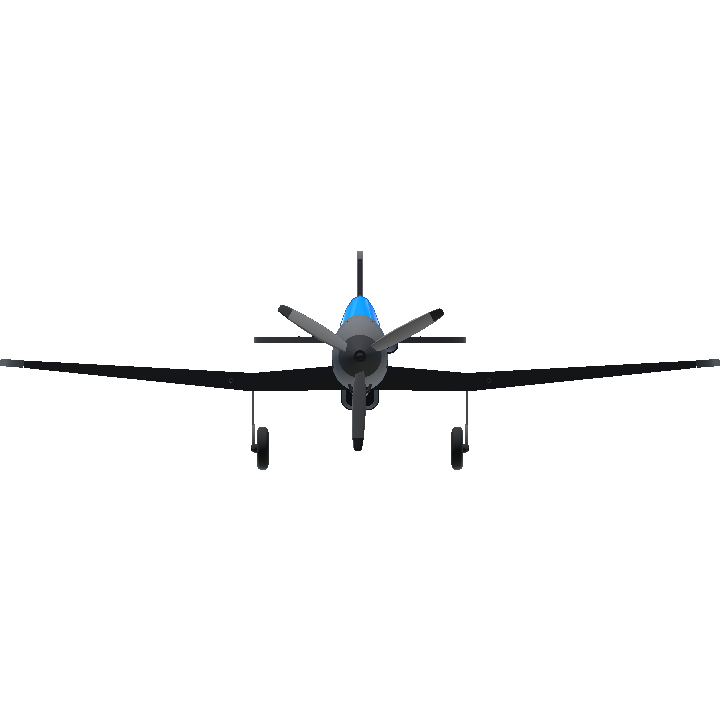Fiat G.55 Centauro series
The Fiat G.55, officially known as the Fiat G.55 Centauro, stands as one of the most advanced and capable fighter aircraft produced by Italy during World War II. Designed and manufactured by the Italian aviation company Fiat Aviazione under the leadership of the brilliant engineer Giuseppe Gabrielli, the G.55 was a testament to Italy's efforts to modernize its air force amid the challenges of the Axis powers' declining resources. First flown in April 1942, the aircraft was conceived as a response to the evolving aerial threats posed by Allied fighters like the Supermarine Spitfire and the North American P-51 Mustang. Its development was part of a broader initiative by the Regia Aeronautica (Italian Royal Air Force) to field high-performance interceptors capable of engaging enemy bombers and fighters at high altitudes, where Italian pilots had previously struggled.
In terms of design, the Fiat G.55 was a single-engine, single-seat monoplane that embodied the pinnacle of Italian aeronautical engineering during the war. It featured a sleek, all-metal airframe with a low-wing configuration, which contributed to its excellent aerodynamics and high speed. The aircraft's fuselage was constructed primarily from duralumin (an aluminum alloy), making it lightweight yet robust, while its wings incorporated elliptical shapes inspired by the Supermarine Spitfire for improved lift and maneuverability. The cockpit was positioned forward for optimal visibility, equipped with a bulletproof windshield and armored seating to protect the pilot from ground fire and aerial combat. The G.55's landing gear was retractable, with wide-track wheels that enhanced stability during takeoff and landing, particularly on improvised airfields common in wartime Italy.
Powering the Fiat G.55 was a Daimler-Benz DB 605 liquid-cooled V-12 engine, a German design that was license-built in Italy as the Fiat RA.1050 R.C.58 Tifone. This engine produced up to 1,475 horsepower, allowing the aircraft to reach a top speed of approximately 390 mph (630 km/h) at altitudes above 20,000 feet (6,000 meters). This performance was remarkable for its time, especially considering the resource constraints faced by Italy's war industry. The G.55's armament was formidable, typically consisting of three 20mm Mauser MG 151 cannons (one mounted in the engine cowling and two in the wings) and two 12.7mm Breda-SAFAT machine guns in the wings. This combination provided a devastating punch against both enemy fighters and bombers, with the cannons offering high explosive power and the machine guns ensuring accuracy at closer ranges. The aircraft could also carry up to 350 kg (770 lbs) of bombs or drop tanks for extended range, making it versatile for both air superiority and ground attack roles.
The Fiat G.55's performance in combat was impressive, particularly given the late stage of the war when it entered service in early 1943. It quickly earned a reputation as one of the best Axis fighters, often compared favorably to its contemporaries like the German Messerschmitt Bf 109G and the Japanese Kawasaki Ki-61. Pilots praised its excellent climb rate, which exceeded 4,000 feet per minute (1,200 meters per minute), and its superior maneuverability at high altitudes—attributes that made it a formidable interceptor against Allied heavy bombers such as the Boeing B-17 Flying Fortress. In service with the Regia Aeronautica, the G.55 saw action over the Mediterranean, defending Italian skies from Allied raids and escorting Axis bombers. One notable engagement occurred during the Allied invasion of Sicily in 1943, where G.55 squadrons engaged in dogfights with Spitfires and P-38 Lightnings, reportedly achieving a high kill ratio despite being outnumbered.
However, the aircraft's operational history was hampered by Italy's strategic setbacks. By the time the G.55 was produced in significant numbers—around 300 units—the Italian armistice with the Allies in September 1943 split the Regia Aeronautica. Some G.55s were captured and used by the German Luftwaffe, while others served with the Italian Co-Belligerent Air Force, fighting alongside the Allies. Post-armistice, the Germans operated the G.55 under the designation "C.205V" in some contexts, though it retained its original identity. In German hands, it was deployed in defensive roles over the Reich, where its high-altitude performance helped counter American daylight bombing raids. After the war, a handful of surviving G.55s were used by the post-war Italian Air Force and even exported to Argentina and Syria for training and light combat duties until the early 1950s. Today, the Fiat G.55 is celebrated as a symbol of Italian ingenuity, with several restored examples on display in museums like the Italian Air Force Museum in Vigna di Valle.
Despite its strengths, the G.55 was not without flaws. Its reliance on the German DB 605 engine made it vulnerable to supply disruptions, and production was limited due to Italy's wartime industrial constraints. Additionally, while highly maneuverable, it could be out-turned by some Allied fighters at lower altitudes, requiring skilled piloting to exploit its strengths. Nevertheless, the Fiat G.55's legacy endures as a high-water mark for Italian aviation design, influencing post-war aircraft development and remaining a favorite among WWII aviation enthusiasts for its blend of speed, power, and elegance.
C O N T R O L S
Trim : Flaps, cruising 'rotate' adjuster
VTOL : Further flaps
Specifications
General Characteristics
- Created On Android
- Wingspan 38.4ft (11.7m)
- Length 31.2ft (9.5m)
- Height 11.7ft (3.6m)
- Empty Weight 4,737lbs (2,148kg)
- Loaded Weight 6,864lbs (3,113kg)
Performance
- Horse Power/Weight Ratio 0.214
- Wing Loading 18.1lbs/ft2 (88.3kg/m2)
- Wing Area 379.4ft2 (35.3m2)
- Drag Points 1280
Parts
- Number of Parts 70
- Control Surfaces 13
- Performance Cost 477







Fiat 👍